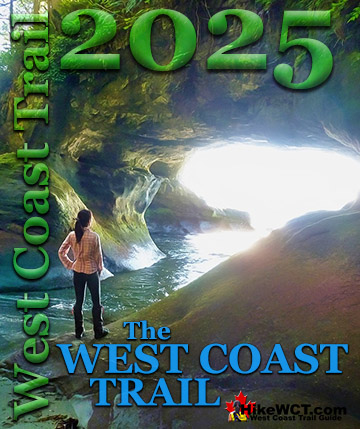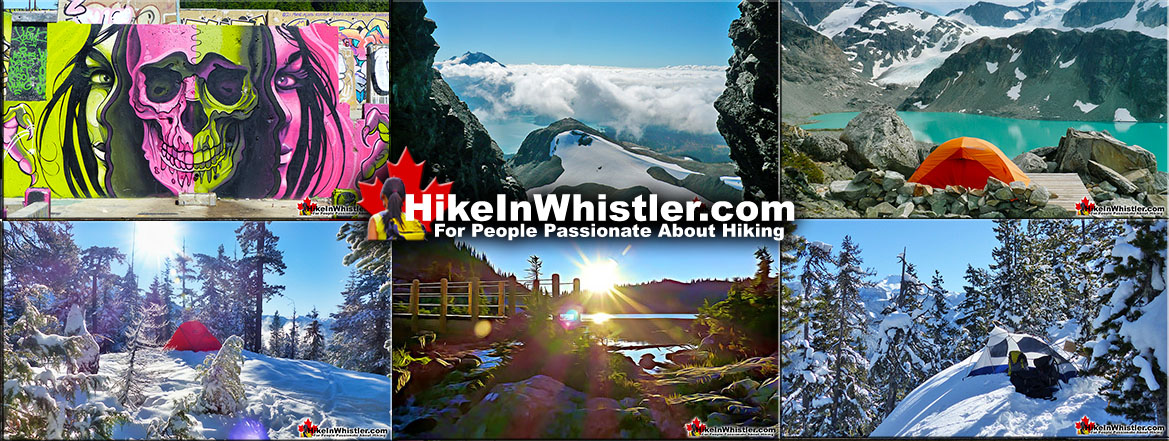
![]() Paper birch, also known as white birch is a type of birch tree that grows in northern North America. Named for its paper-like, white or cream coloured bark that easily peels off in large white, horizontal sheets. Leaves are rounded at the base and with a pointed tip and have a length ranging from 5-12cm or 2-5 inches. Wood is excellent for firewood and pulpwood. The bark is particularly flammable. Usually grow to 20 metres (66 feet), but have been known to grow at tall as 40 metres (130 feet).
Paper birch, also known as white birch is a type of birch tree that grows in northern North America. Named for its paper-like, white or cream coloured bark that easily peels off in large white, horizontal sheets. Leaves are rounded at the base and with a pointed tip and have a length ranging from 5-12cm or 2-5 inches. Wood is excellent for firewood and pulpwood. The bark is particularly flammable. Usually grow to 20 metres (66 feet), but have been known to grow at tall as 40 metres (130 feet).
Whistler & Garibaldi Hiking
![]() Alexander Falls
Alexander Falls ![]() Ancient Cedars
Ancient Cedars ![]() Black Tusk
Black Tusk ![]() Blackcomb Mountain
Blackcomb Mountain ![]() Brandywine Falls
Brandywine Falls ![]() Brandywine Meadows
Brandywine Meadows ![]() Brew Lake
Brew Lake ![]() Callaghan Lake
Callaghan Lake ![]() Cheakamus Lake
Cheakamus Lake ![]() Cheakamus River
Cheakamus River ![]() Cirque Lake
Cirque Lake ![]() Flank Trail
Flank Trail ![]() Garibaldi Lake
Garibaldi Lake ![]() Garibaldi Park
Garibaldi Park ![]() Helm Creek
Helm Creek ![]() Jane Lakes
Jane Lakes ![]() Joffre Lakes
Joffre Lakes ![]() Keyhole Hot Springs
Keyhole Hot Springs ![]() Logger’s Lake
Logger’s Lake ![]() Madeley Lake
Madeley Lake ![]() Meager Hot Springs
Meager Hot Springs ![]() Nairn Falls
Nairn Falls ![]() Newt Lake
Newt Lake ![]() Panorama Ridge
Panorama Ridge ![]() Parkhurst Ghost Town
Parkhurst Ghost Town ![]() Rainbow Falls
Rainbow Falls ![]() Rainbow Lake
Rainbow Lake ![]() Ring Lake
Ring Lake ![]() Russet Lake
Russet Lake ![]() Sea to Sky Trail
Sea to Sky Trail ![]() Skookumchuck Hot Springs
Skookumchuck Hot Springs ![]() Sloquet Hot Springs
Sloquet Hot Springs ![]() Mount Sproatt
Mount Sproatt ![]() Taylor Meadows
Taylor Meadows ![]() Train Wreck
Train Wreck ![]() Wedgemount Lake
Wedgemount Lake ![]() Whistler Mountain
Whistler Mountain
![]() January
January ![]() February
February ![]() March
March ![]() April
April ![]() May
May ![]() June
June ![]() July
July ![]() August
August ![]() September
September ![]() October
October ![]() November
November ![]() December
December
Trunk diameters of white birch have been known to reach 76 cm or 30 inches. In cold climates such as Whistler they have been known to grow over 100 years, however they generally have a lifespan of about 30 years. The bright white coloured bark on mature trees is very durable due to its high oil content. Encountering a fallen paper birch in the forest, you often find hollow bark intact with the inside rotted away. Paper birch wood is sometimes used to make furniture, flooring, plywood and popsicle sticks. Historically it has been used to make spears, bows, arrows, snowshoes and sleds. The bark is often used as a fire starter and it easily burns even when wet. The bark is waterproof and can be used to waterproof a sod-roofed house. Paper birch trees are well adapted to grow after forest fires. Their numerous lightweight seeds spread great distances by wind and rapidly germinate to fast growing trees. This is why in the first few years after a forest fire, paper birch trees dominate. This dominance does not last however, as the short lived, shade intolerant paper birch trees are slowly overtaken by other longer living tree species. In fact, the paper birch relies on forest fires to thrive. If a forest fire doesn’t decimate a forest every century, the paper birch will almost completely be overtaken by other tree species. So, a newly established forest after a forest fire may be almost entirely paper birch trees. After 50 years they are well under half as numerous as other trees move in. In forests older than a century, birch trees will have almost entirely disappeared.
Paper birch trees are a major cause of allergies in the spring months in Whistler and much of northern North America. From March to June birch trees release tremendous amounts of pollen into the air which swirls around in the wind and is inhaled by allergy sufferers. Settling in peoples eyes and noses, this pollen triggers immune systems and bodies fight off the threat with histamines. Histamines come with annoying side-effects such as itchy, watery eyes, sneezing, runny nose and scratchy throat. Interestingly, birch pollen allergy can also trigger allergic reactions to some food. So, you may eat apples, carrots, celery, hazelnuts, peanuts, walnuts, peaches or pears and get itching and swelling in your throat and mouth. Often attributed to a sudden allergy to these foods, when it is actually triggered by paper birch pollen.
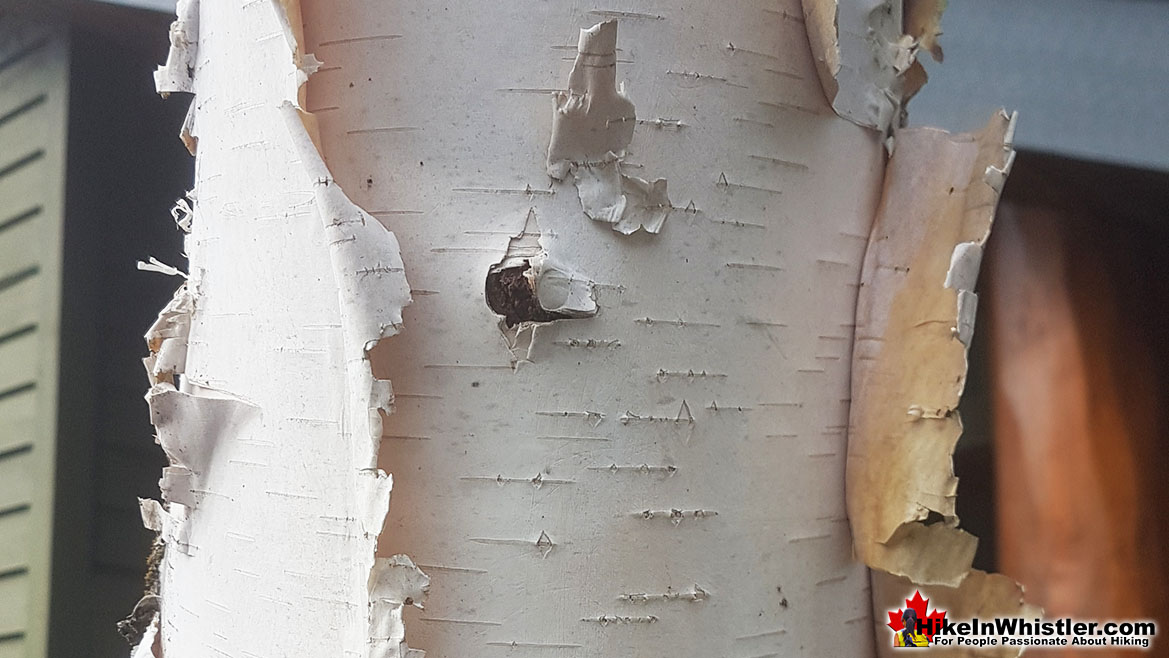
More Whistler & Garibaldi Park Hiking A to Z!

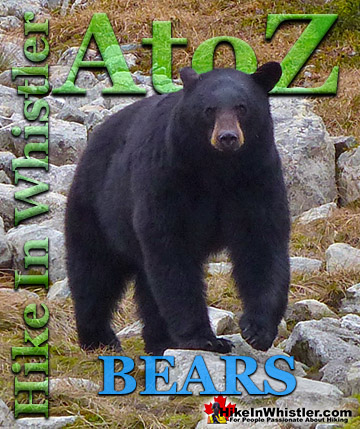
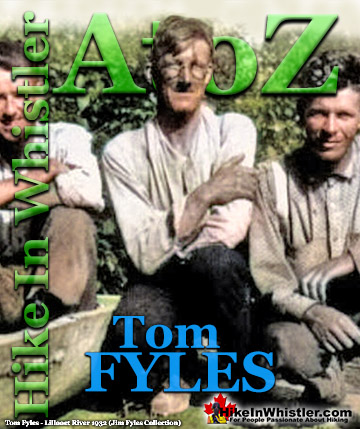
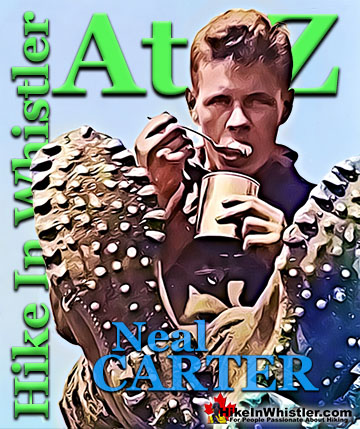



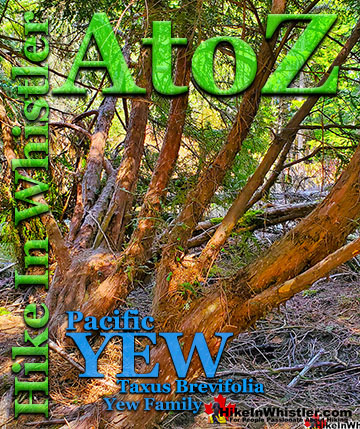
The Best Whistler & Garibaldi Park Hiking Trails!


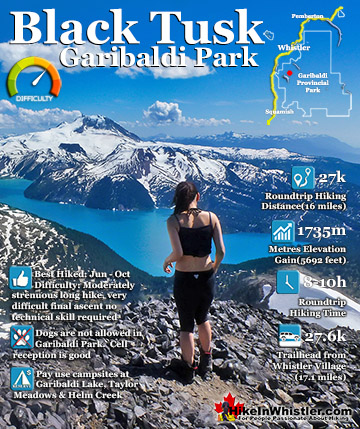
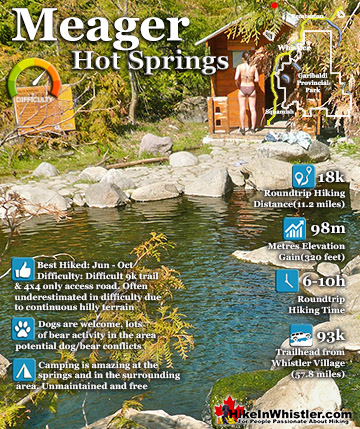
Whistler & Garibaldi Park Best Hiking by Month!


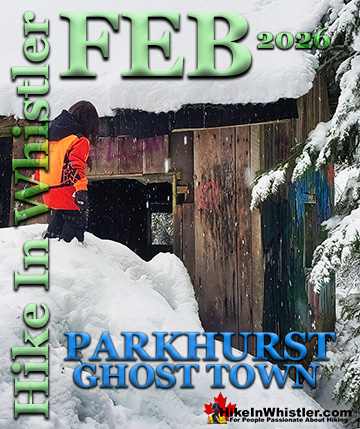
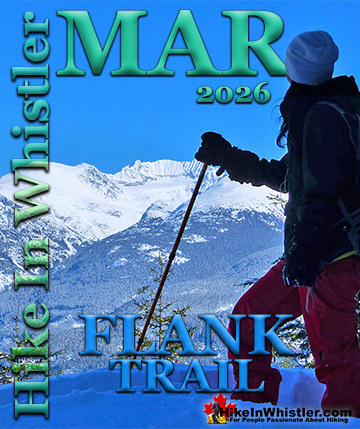
Explore BC Hiking Destinations!
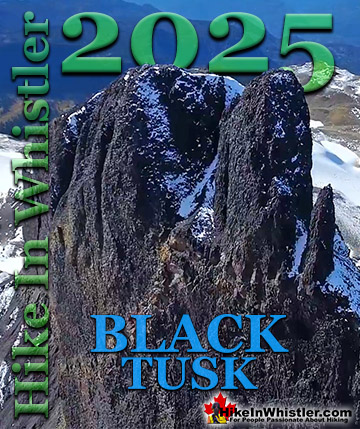
Whistler Hiking Trails
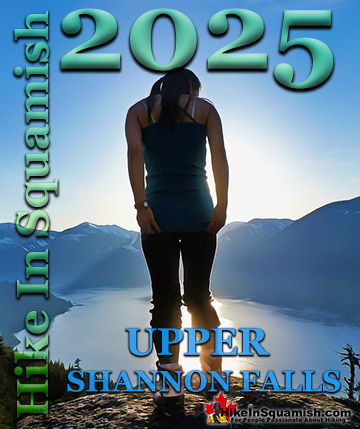
Squamish Hiking Trails
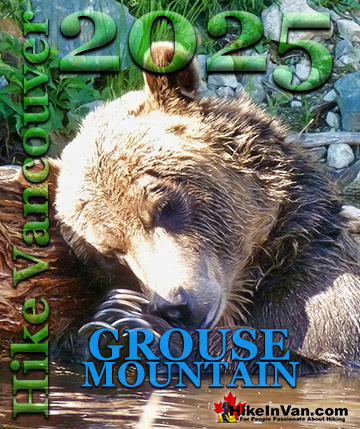
Vancouver Hiking Trails

Clayoquot Hiking Trails

Victoria Hiking Trails
